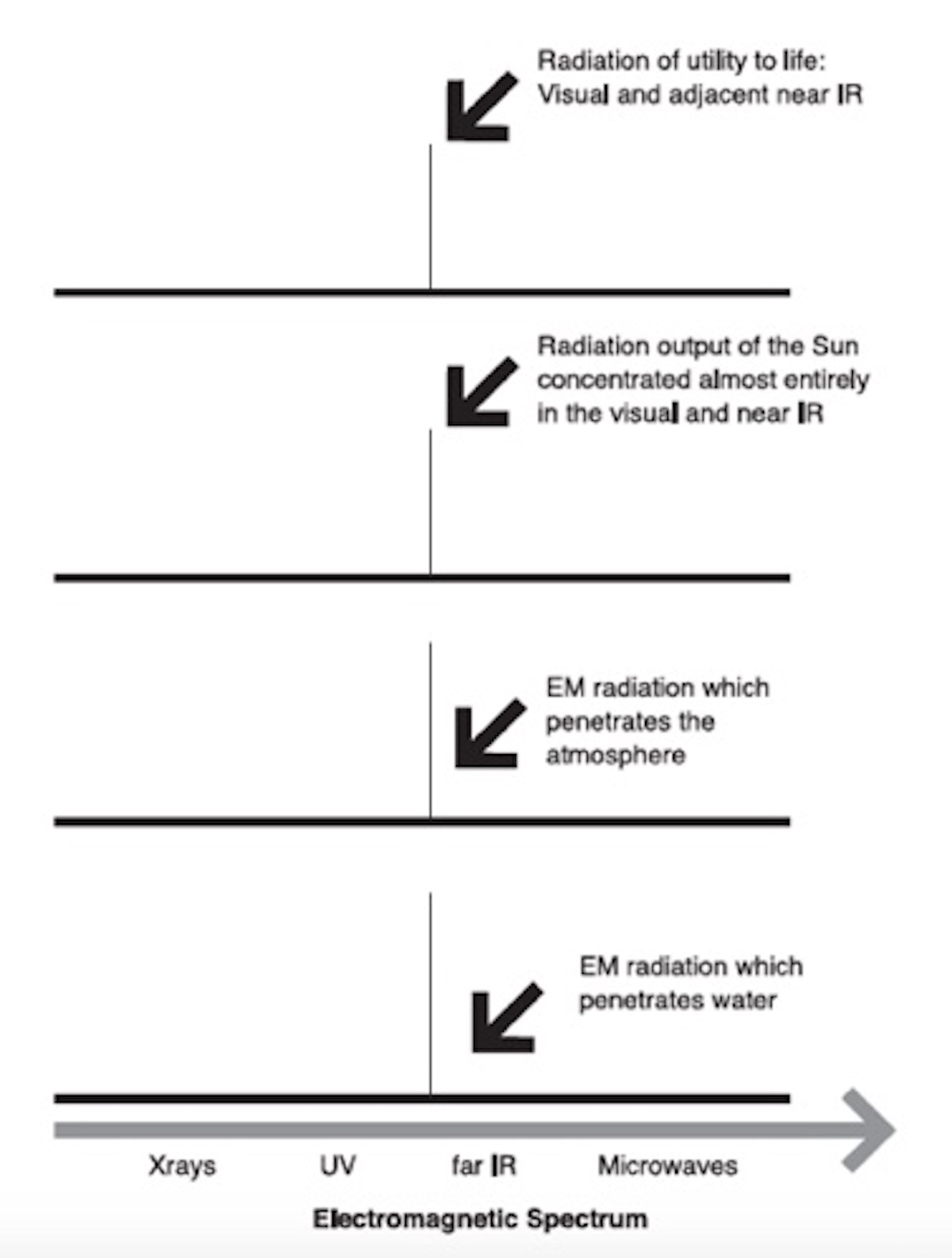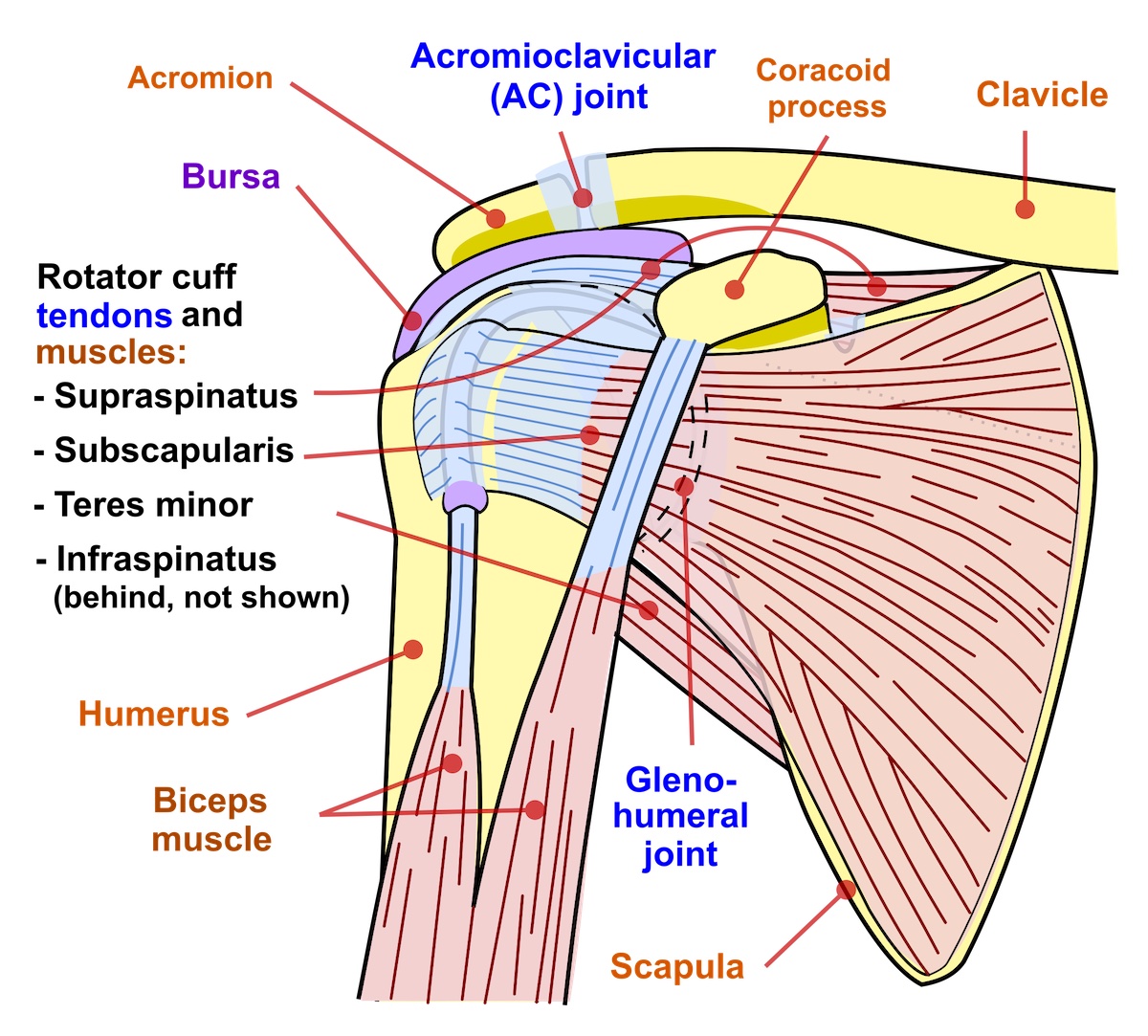In His New Book, Denton Shows How Science Leads the Charge to Theism
William Paley once quipped that observation of the complexity of the human eye (which, it will be recalled, was wont to give Darwin uncomfortable doubts about the efficacy of natural selection) supplied an assured “cure for atheism.” Extending Paley’s quip, I would add that if the eye doesn’t do it for you, the brain with its quadrillions of synchronizedelectro-chemical operations almost certainly will. There seems to be little exaggeration in claiming that cytology, the microscopic study of cells enabled by the ultra-high magnifications of the electron microscope, has led to a wholly unexpected revival of the fortunes of Paley’s once derided natural theology.
Recent advances in biological science, a subject formerly proclaimed to be corrosive of metaphysical beliefs1, have somewhat unexpectedly become a stimulus to the emergence of new advances which endorse many of the older observations of natural theology. As astronomer Paul Davies remarked some four decades ago, “It may seem bizarre, but in my opinion science offers a surer path to God than religion.”2 Supporting this contention — that science itself leads the charge toward a fresh theistic turn — Michael Denton makes the firm observation in his new book, The Miracle of Man: The Fine Tuning of Nature for Human Existence, that recent studies of the way the terrestrial environment appears to be fine-tuned for humankind are “not based on the Judeo-Christian scriptures or classical philosophy but on evidence derived from advances in our scientific understanding of nature.” (p. 208)
Gifts from the Gods
Providing chapter and verse for his views, in convincing detail with an enviably multi-disciplinary command, Denton elaborates on ways in which the properties of light, carbon, water, and metals contribute to the fitness of nature for humankind, providing substantial circumstantial evidence that the world we in habit was “pre-adapted” for our use. Taking as an example the earth’s hydrological cycle, which provides our water, this reveals itself to be an autonomous phenomenon enabling and promoting human life which, unlike gasoline and other products, requires no human input to garner it for our use. It is, to use a proverbial cliché, simply “a gift from the gods.” Comments Denton: “If you were Plato’s demiurge starting from scratch, you would need to create water and configure it with precisely its present suite of thermal properties.” (p. 134)
Turning to human physiology, Denton points out how such organs as the heart and lungs appear to have been optimized with “extraordinary prescience” and he does not hesitate to call them and other human organs “miracles of bioengineering.” Such fitness for human purpose, he emphasizes, cannot be ascribed to Darwinian natural selection since human-friendly features must have been built into nature long before natural selection could have had time to act. (p. 149) Fully embracing Darwin’s proscribed “t” word (teleology), Denton does not shrink from referencing the “teleological details” of nature’s shaping.
Denton is particularly strong on what he terms “the post-Copernican delusion of mankind’s cosmic irrelevance.” (p. 149) This is a fallacy which he traces back to Darwinism’s having triggered a form of philosophical regression towards an unregenerate form of ancient materialism:
With the acceptance of Darwinism by the biological mainstream, western civilization took the final step back to the atomism, materialism and many-worlds doctrine of Democritus and other pre-Socratic philosophers of ancient Greece. (p. 21)
The notion that we are simply an “epiphenomenon” of mindless processes cast adrift in a cosmos configured by pure chance has in the last half century or so been challenged by a new scientific landscape, Denton argues — with some understatement. For as Michael Behe comments in his advance praise of Denton’s work, the philosopher Bertrand Russell’s notorious contention that “Man is the product of causes which had no prevision of the end they were achieving” has turned out to be “the most spectacularly wrong-headed pronouncement of the 20th century.” (p. ii)
No Respecters of Compartmentalization
Questions about the nature and origin of mankind are clearly no respecters of traditional academic compartmentalization, and Darwinism has clear cosmological as well as biological implications. It is at this point of intersection that Denton’s work makes common cause with the idea put forth by modern astronomers that planet Earth itself must have in some sense been, to use Denton’s term, “pre-planned.” Before the beginning of the 1970s many people might have accepted that the universe was a jumble of material forces churning away mindlessly over the eons with the unaccountable exception of the unplanned anomaly of human life. Yet that idea was challenged once astrophysicists came to realize that planet Earth was being constantly ministered to by a group of forces dubbed the cosmological constants, all precisely calibrated to promote and sustain life.3 Such factors give the Earth its uniquely privileged position and run counter to the older opinion that it arose through purely aleatory processes of cosmic vicissitude. These modern findings stand in implicit but conspicuous opposition to that “de-centering” of the Earth brought about by the Copernican Revolution, and Denton points to many points of contact linking modern cosmology and biology with the distinctly anthropocentric medieval view of the human estate as it has been articulated by the Judeo-Christian tradition.
Surrounded by an infinity of purposeless nullity on all sides, our Earth stands out as a cosmic beacon pulsating with life and purpose.4 Cosmologists make no bones about the fact they can see no logical pathway to how we all came to be here on this planet. The cosmological constants which create conditions favorable to life are on any statistical reckoning improbable to an extreme, even prohibitive degree. The same goes for the genesis and proliferation of life forms: the whole phenomenon remains stubbornly unamenable to rational decipherment. There cannot even be any sensible talk of an inference to the best explanation when there are no helpful indices pointing in any direction on the naturalistic continuum of understanding.
A Singular Cosmic Exception
Planet Earth would therefore appear to represent a cosmic exception so singular as to require a separate form of explanation altogether from the rest of a dead universe. In fact, the absolute disparity in existential status between our living cosmos and its surrounding chaos of jostling corpse planets prompts the inference that sentient life could not have developed without a form of foresight and an accompanying instrumental power to realize some originary vision through a selective abrogation of the otherwise universal laws of chaos dominating the rest of the universe. Hence, despite the undeniable fact of the sun’s geometrically central position, Earth, as the single locus of habitability amidst the lifeless chaos of our extraterrestrial surroundings, can with some justice lay claim to a form of moral and symbolic centrality within the cosmic scheme of things.
Earth’s Accumulated Intricacies
Denton has gone further than this in earlier writings and argued that the new discoveries in astrophysics point to a form of providential dispensation. For that reason he has taken exception with modern liberal theologians who have apparently resigned themselves to seeing science and theology occupying discrete epistemological realms where science acts as the “senior partner,” so to speak. Support for Denton’s position has also been amply hinted at in the work of Paul Davies who concludes that it would be a considerable stretch to suppose that the temperate zone cocooning the Earth might be the result of pure accident. He therefore feels himself unable to subscribe to the belief that the accumulated intricacies of our planet could have come about by pure chance.5
Even Denis Diderot, it will be recalled, one of the free-thinking French philosophes who was speculating on evolutionary matters in the same century as Charles’s free-thinking grandfather, Erasmus Darwin, was ready to accept the Argument from Design. It seemed self-evident to Diderot that the readily observable and palpable “works of nature” were more convincing of a divine hand then any amount of philosophizing or theologizing.6 Diderot’s somewhat inchoate intuitions certainly receive weighty and scientifically corroborated support in Michael Denton’s The Miracle of Man.
Notes
- Daniel Dennett, Darwin’s Dangerous Idea (London; Penguin, 1996).
- Paul Davies, God and the New Physics (London: Penguin, 1983), Preface, p. ix.
- These constants include the protective electromagnetic force issuing from the Earth’s still molten core and the force of gravity, which turns out to be neither too strong nor too weak, neither crushing us nor causing us to levitate into the skies. From being just the right distance from the sun we derive warmth and energy without being burned to a cinder and remain protected by the solar shield from the bane of astronauts, harmful cosmic rays. See Guillermo Gonzalez and Jay Richards, The Privileged Planet: How Our Place in the Cosmos is Designed for Discovery (Washington: Regnery, 2020).
- See Jonathan Witt and Benjamin Wiker, A Meaningful World: How the Arts and Sciences Reveal the Genius of Nature (Illinois: Intervarsity Press, 2006).
- See Paul Davies, The Mind of God: Science and the Search for Ultimate Meaning (London: Penguin, 1992).
- For discussion of this point see Mitchell Stevens, How Atheism Helped Create the Modern World (London: Palgrave, 2014), pp. 118-21.

